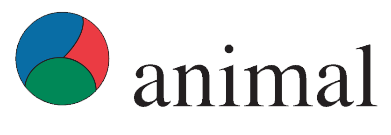Document type: Scientific review published in Animals
Authors: Anders Herlin, Emma Brunberg, Jan Hultgren, Niclas Högberg, Anna Rydberg, Anna Skarin
Preview: The opportunities for natural animal behaviours in pastures imply animal welfare benefits. Nevertheless, monitoring the animals can be challenging. The use of sensors, cameras, positioning equipment and unmanned aerial vehicles in large pastures has the potential to improve animal welfare surveillance. Directly or indirectly, sensors measure environmental factors together with the behaviour and physiological state of the animal, and deviations can trigger alarms for, e.g., disease, heat stress and imminent calving. Electronic positioning includes Radio Frequency Identification (RFID) for the recording of animals at fixed points. Positioning units (GPS) mounted on collars can determine animal movements over large areas, determine their habitat and, somewhat, health and welfare. In combination with other sensors, such units can give information that helps to evaluate the welfare of free-ranging animals. Drones equipped with cameras can also locate and count the animals, as well as herd them. Digitally defined virtual fences can keep animals within a predefined area without the use of physical barriers, relying on acoustic signals and weak electric shocks. Due to individual variations in learning ability, some individuals may be exposed to numerous electric shocks, which might compromise their welfare. More research and development are required, especially regarding the use of drones and virtual fences.




